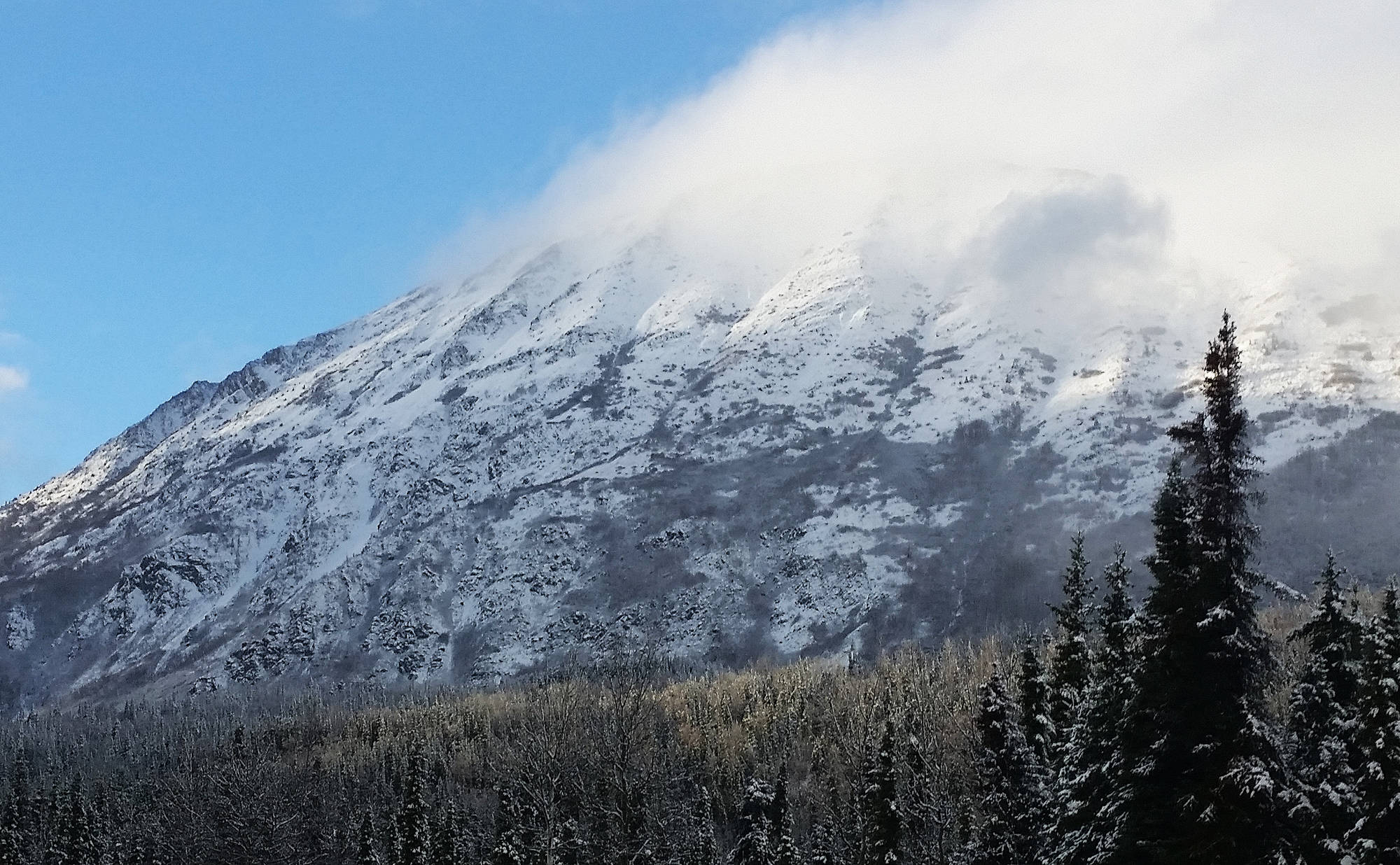Especially for those eager to recreate on snow, the weather forecast for the next week is not pretty. Lots of clouds, rain and temperatures in the 34- to 45-degree range.
What to do?
Writing in the Jan. 15, 2014, edition of The Redoubt Reporter, Dr. Alan Boraas, professor of anthropology at Kenai Peninsula College, gives an answer.
Boraas tells of a 90-mile trip to the interior of the Kenai Peninsula made by Father Nikolai, the Orthodox priest at Kenai, and guided by eight Dena’ina men in February 1861.
The weather throughout the trip is warm, turning the snow to muck, but Boraas writes, “Father Nikolai was astounded by the attitude of the Dena’ina. They did not become morose. They did not complain. They did not drag everyone down by incessant whining. They dealt with conditions as they encountered them.”
The idea of achieving resilience in grueling conditions always fascinated me. But what exactly did it mean to deal with conditions as encountered?
Accompanying Father Nikolai and the eight men on that journey would have caused me pain. So it perked my interest when I saw a November 2011 TEDx talk by Lorimer Moseley, a clinical neuroscientist focused on the role of the brain in chronic pain.
Moseley tells of getting bitten by the venomous eastern brown snake, but not experiencing any immediate pain because he thought he had merely scratched his leg on a twig.
After surviving the bite, Moseley is walking in a similar environment six months later when he scratches his leg on a twig in the area of the snake bite, and experiences excruciating pain.
“We’re trying our best to work out how do we convince people in pain that we understand they are in pain, but it’s not just about the tissues of their body,” Moseley said.
According to Moseley, pain must be understood as an output of the brain. His brain made the scratch excruciatingly painful because something similar six months ago nearly killed him.
Reading about Diane Van Deren in a piece dated Dec. 12, 2014, on theatlantic.com raised more questions about the brain and its role in endurance and pain.
Van Deren, a professional ultra-distance runner, had her first grand mal seizure when she was 28. She found if she started running when she felt a seizure coming on, she could disrupt the seizure.
But soon the seizures came without warning and too frequently, so doctors removed a plum-sized portion of her brain and successfully stopped the seizures. The surgery also caused short term memory loss and made her easily lose track of time.
According to theatlantic.com, “Her waning short term memory meant she possessed time and trail in a new way. With the ability to focus intensely on the pure task of putting one foot in front of the other over great distances, she soon established herself as one of the world’s most decorated ultra endurance runners in history.”
Another of the world’s best ultra distance runners, 2015 Mount Marathon champ Kilian Jornet, places more importance on the mind than the body in his book “Run or Die.”
“Our speed and strength depend on our body, but the real thresholds, those that make us give up or continue the struggle, those that enable us to fulfill our dreams, depend not on our bodies but on our minds and the hunger we feel to turn dreams into reality,” he writes.
When writing about crossing the 500-plus miles of the Pyrenees in just over eight days, Jornet describes getting out of a rough patch by focusing on things like his breathing, posture and even his feet — “from my heel to the last whip of the last metatarsal in my big toe.”
My new theory about how to recreate outdoors in sloppy weather is to be aware the brain has the ability to turn a scratch into a snake bite. Try not to focus on how long the outdoor activity has taken, or how much longer the outdoor activity is. Focus on taking the best next step possible.
I put this to the test on a trip up Slaughter Ridge on Monday.
When a ripping, cold wind threatened to knock me over halfway up, I focused on my posture and not on gusting fury.
When that wind soon brought sideways snow and forced my companion and I to leave the trail and bushwhack up the ridge, I focused on perfectly positioning my body around each branch and not on whining we were moving very slowly and I had to work that night.
When we broke into the open with nothing to block the full force of the storm, I focused only on breathing through my nose until reaching the summit.
Descending meant fixating on trying to make each step perfect and controlled to avoid a fall, and not bemoaning that the wind slightly at our back on the way up was now fully in our face, each snowflake stinging any exposed skin.
Once we were out of the worst of it, we were treated to a lofty perch as the streaming snow settled in the trees of Cooper Landing, the Kenai River slowly rolling by in the distance.
At the bottom of a trail, a small creek that just hours ago had been surrounded by golden leafs for an idyllic autumn scene was now completely blanketed by snow for an idyllic winter scene.
It wasn’t a 90-mile trek on the peninsula or a crossing of the Pyrenees, but conditions, as encountered, had been dealt with.
Reach sports editor Jeff Helminiak at jeff.helminiak@peninsulaclarion.com

